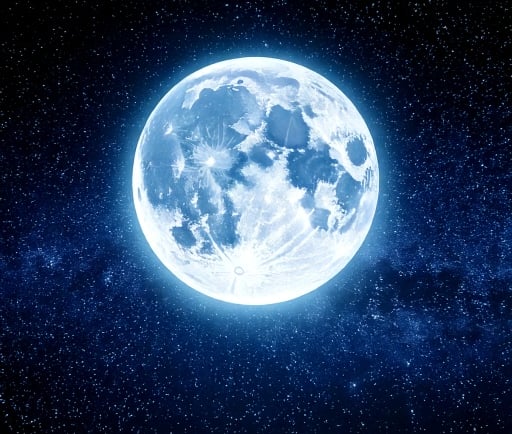The Glow of the Full Moon: A Celestial Wonder


Introduction to the Full Moon
The full moon is a captivating phenomenon that has fascinated humankind for centuries. Its glowing presence in the night sky often evokes a sense of wonder and introspection, drawing people outdoors to experience its radiant beauty. This blog post explores the science behind the full moon, its historical significance, and the ways in which it impacts our world.
The Science Behind the Full Moon
At its core, a full moon occurs when the Earth is positioned directly between the sun and the moon. This alignment allows sunlight to fully illuminate the moon’s surface, creating that stunning glow we witness from our vantage point on Earth. The lunar cycle, lasting about 29.5 days, consists of several phases, leading to the full moon's appearance roughly once a month.
During this time, the moon can appear larger and more luminous than usual, a phenomenon known as the “supermoon” when it coincides with its closest proximity to Earth. Astronomers and scientists have studied the full moon extensively to understand its effects on tides, nocturnal wildlife, and human behavior.
Cultural Significance of the Full Moon
Across cultures and throughout history, the full moon holds significant cultural importance. Many ancient civilizations revered it as a symbol of fertility, lunacy, and even as a deity. Festivals and rituals centered around the full moon were common, celebrating its power and influence over agricultural cycles and natural rhythms.
For example, in various cultures, the full moon is associated with agricultural practices, such as planting and harvesting. Farmers often plan their cycles based on lunar phases, believing that the energies of the full moon can enhance crop growth. Additionally, many spiritual practices incorporate the full moon into rituals, tapping into its energy for manifestation and renewal.
The Full Moon's Impact on Nature and Humanity
The full moon not only captivates our imaginations but also has tangible effects on nature and humanity. The gravitational pull of the moon has a profound effect on Earth's tides, leading to higher tidal ranges during full moons, known as spring tides. These changes can affect marine life, migration patterns, and coastal ecosystems.
From a psychological perspective, many believe that the full moon influences human behavior, leading to an increase in creativity and emotional expression. While scientific studies yield mixed results, folklore continues to suggest that the full moon can inspire art, poetry, and a connection to the universe.
Conclusion: Embracing the Full Moon's Glow
The glowing full moon is more than just a beautiful sight; it is a powerful celestial body that connects us to the cosmos and our environment. Whether one views it as a source of inspiration, a marker of time, or a subject of scientific inquiry, the full moon offers a reminder of the wonders of the universe. As one gazes upon the luminous orb gracing the night sky, there is an unspoken beauty and mystery that beckons us to explore its significance further.
